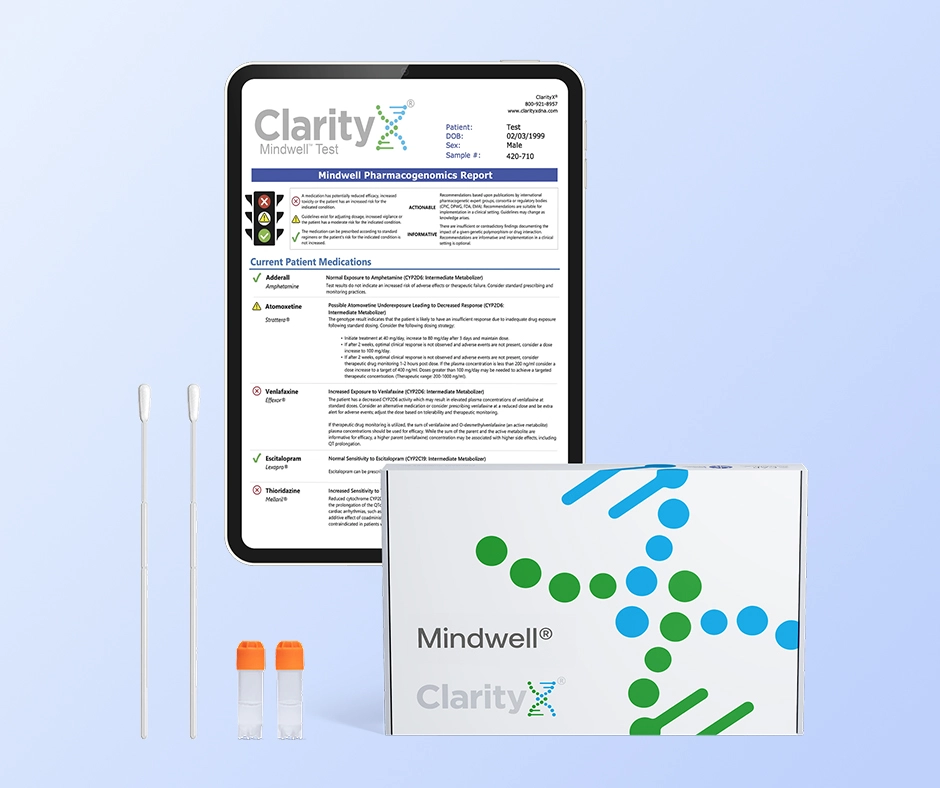Introduction:
When pharmaceutical companies are testing new medications, they choose a specific population to increase the odds of the medication working. Clinical trials enroll patients who meet specific criteria. Criteria for who participates in a clinical trial include age, sex, medical history, previous medications tried, the stage of the disease, the type of disease, lab values, and more. If a medication is approved, it is population and indication specific. Approval, then, is based on an extremely limited population of patients. Certain major subsets of people are often missing from these trials. Patients who are too young, too old, pregnant females, and minorities are frequently not included in clinical trials. The FDA is working to increase this diversity but many of the medicines on the market today have never been clinically studied in the populations that use them.
Multiple factors determine your medication’s efficacy. A medication may work for someone you know but has no effect on you. Or a family member may have had an issue with a medicine and told you to avoid it when it might help. Your genetics play a significant role in how effective a medicine will be. Every individual has slight alterations in their DNA meaning each person could have a different response to a medicine.
If you find yourself having tried several medications, but nothing seems to work, it is possible your body and your genetics are not compatible with the medicines you have tried. Doctors do the best they can to provide quality care with the knowledge provided by these trials and with the history of what has worked in other people. Your personal demographic might not have been studied in the clinical trials conducted for the medicine you take. Unfortunately, trial and error has been the only way to find the best medication for a long time. Pharmacogenetic testing is changing this.
What Does Your DNA Have to Do with Medications?
DNA, or deoxyribonucleic acid, is considered the building blocks of your body. DNA acts like an alphabet for the words (or genes) that define you. Your genes, among other things, determine how well your body can metabolize (or break down) medication. If your body does not metabolize the medication as expected, you might experience side effects. The medicine might stay active in your body too long or might leave your body too quickly. Genetic testing helps to remove much of the unknown and reduces trial and error.
What Are the Statistics on Medication Failures?
In an ideal world, every medication would work as prescribed. Unfortunately, that is not always the case.
Important statistics:
- 23% of people treated for depression experience a relapse within 1 year.
- About 12% of people with hypertension do not improve after treatment.
- About 50% of patients with Generalized Anxiety Disorder (GAD) do not respond adequately to treatment.
- Between 40 and 60% of people who take an antidepressant experience no improvement in symptoms
- Up to 30% of people with major depressive disorder (MDD) are unable to find relief from medication.
- Up to 34% of schizophrenia patients are treatment-resistant.
These statistics indicate that treatment is sometimes difficult. When one medication does not provide enough efficacy, doctors attempt to try a different one starting a series of trial and error. Pharmacogenetic testing reduces, but may not eliminate, trial and error. Testing helps assess which medications are more likely to work well in your body.
How Do You Know if You Have a Treatment-Resistant Condition?
Treatment-resistance is when treatment provides little to no relief for your symptoms. Typically, multiple medicines are tried before someone is considered treatment-resistant. Your doctor may state that the condition is treatment-resistant after multiple trial and error tries. Sometimes, you may need to try a different class of medication; for example, if you have only tried SSRIs (selective serotonin reuptake inhibitors), a different class of antidepressant might work better.
Pharmacogenetic testing offers a simple solution. With genetic testing, you will get a full report that shows you and your doctors which medications are compatible with your DNA. Knowing ahead of time which medicines are better to avoid and which ones might be more likely to work can save time, money, and frustration.
How Does ClartityX Testing Work?
ClarityX offers a simple kit that allows you to complete the test at home, then get the results in 7-10 days. This report tells you which medications are compatible with your DNA and which medications to avoid using if possible.
Taking a ClarityX test requires only these simple steps:
- Visit www.clarityxdna.com, or call ClarityX to speak to a representative.
- Once you receive your ClarityX test, create an account and register your kit.
- Collect a saliva sample.
- Mail the kit back to ClarityX using the postage-paid envelope.
- Results post in 7-10 days in your secure patient portal.
- Go over the report with your medical provider.
How Do You Read the Report?
Columns on the Report
- Standard Precautions – all the medications that are compatible with your DNA. These medications have the best chance of treating your medical condition.
- Use with Caution – options that may be less effective, but still might be effective enough or necessary. Dosage adjustments may be required, or side effects may need to be monitored more closely.
- Consider Alternatives – medications with a higher probability of either not being effective or having harmful side effects. These medications may be used under close observation but should be considered carefully if needed.
In addition to these columns, your report has more detailed information about how each medication might affect you. If the medication has a green checkmark, you can take this medication as directed. If the medication has a yellow exclamation point, the description will list the possible side effects and recommended adjustments. If the medication has a red X, the description will list the possible side effects and recommended alternatives. The red X options may have severe side effects.
How Does Your Doctor Use This Report?
You might notice some of your failed medications appear in the second or third column. With this information, you and your doctor can begin concentrating on medications that may work better in your body. Your doctor will use the first column to determine which medications they should prescribe first. In general, the medications in the first column are more likely to work better in your body than those in the third column. Specific circumstances may occur where no other option than the one in the third column is available. In this case, preparing to work with and prevent side effects may be necessary.
Request a ClarityX Test Today
ClarityX offers two testing options. Mindwell focuses on 130+ psychiatric medications covering depression, anxiety, ADHD, bipolar and more. MaxRx is a comprehensive test that covers 265 + medications with an additional 21 therapeutic areas including cardiology, rheumatology, diabetes, sleep disorder, and pain management. See a complete list here
Resources
https://www.fda.gov/patients/clinical-trials-what-patients-need-know/basics-about-clinical-trials
https://www.nature.com/articles/s41537-019-0090-z





